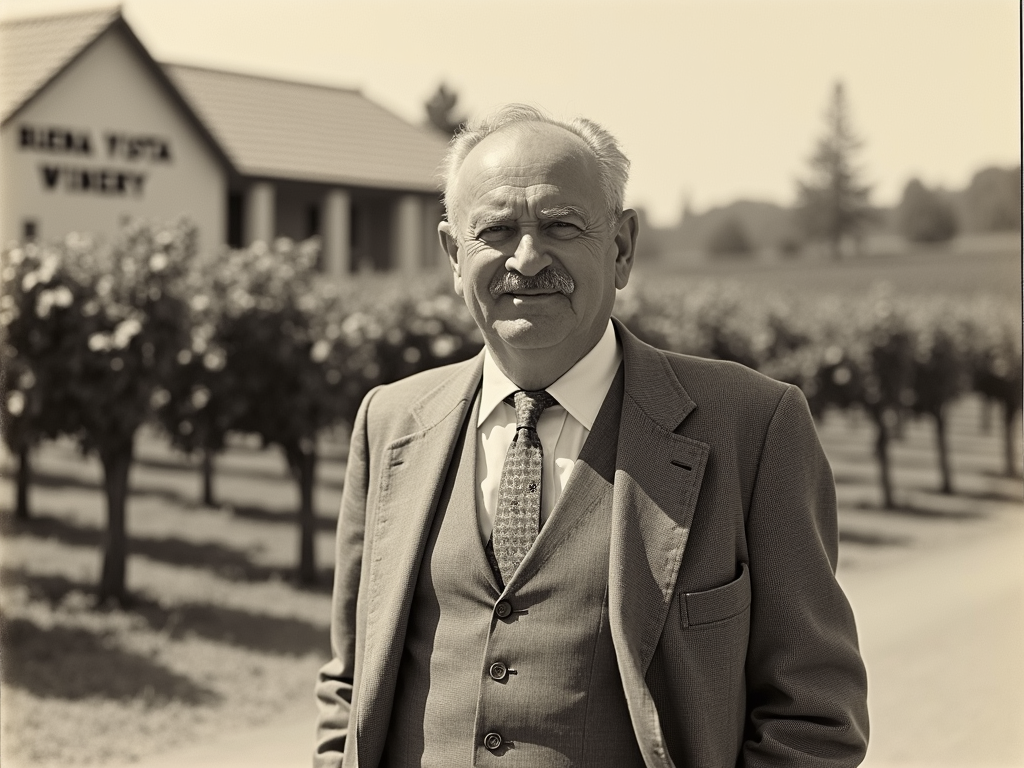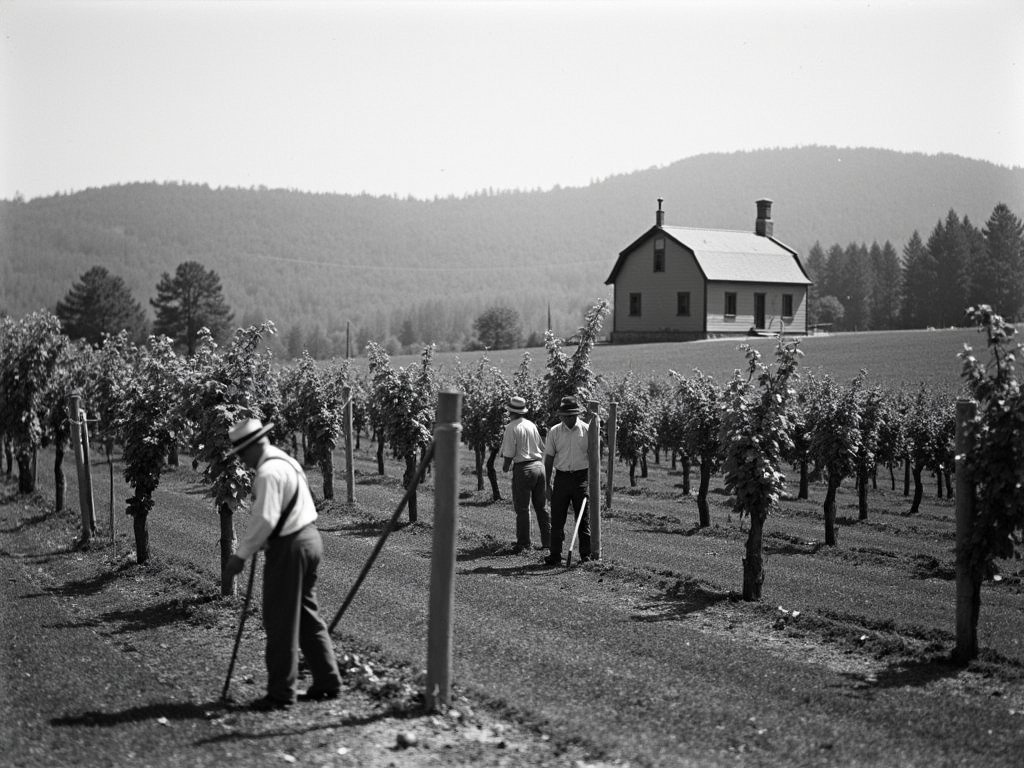The History of Winemaking in California: A Journey Through Time
California's winemaking history is a rich tapestry of innovation, tradition, and passion. From its humble beginnings to its current status as a global wine powerhouse, the Golden State has a story worth savoring.
Early Beginnings
The history of winemaking in California dates back to the 18th century when Spanish missionaries planted the first vineyards in the region. These early vineyards were primarily used to produce sacramental wine for religious ceremonies.
One of the most significant figures in California's winemaking history is Father Junipero Serra, who established the first vineyard in San Diego in 1769. Over the next few decades, more vineyards were planted throughout California, laying the foundation for the state's future wine industry.
As I reflect on this period, I'm reminded of a visit to Mission San Juan Capistrano, where I saw the remnants of the original vineyards. It was a humbling experience to stand in the same place where the first grapes were grown in California.

The Gold Rush Era
The California Gold Rush of the mid-19th century brought a wave of settlers to the region, many of whom were European immigrants with winemaking experience. These immigrants saw the potential for winemaking in California's fertile soil and favorable climate.
One such immigrant was Agoston Haraszthy, a Hungarian nobleman who is often referred to as the "Father of California Viticulture." In 1857, Haraszthy founded the Buena Vista Winery in Sonoma, which is still in operation today.
During this period, winemaking in California began to flourish, with vineyards popping up in regions like Napa Valley and Sonoma County. The demand for wine grew as the population increased, and California started to establish itself as a significant wine-producing region.
I recall visiting the Buena Vista Winery and learning about Haraszthy's contributions to the industry. It was fascinating to see how his vision and passion helped shape the future of winemaking in California.

Prohibition and Its Aftermath
The passage of the 18th Amendment in 1919, which prohibited the production and sale of alcohol, had a devastating effect on California's wine industry. Many wineries were forced to close, and vineyards were either abandoned or converted to other crops.
However, some wineries managed to survive by producing sacramental wine or grape juice. Beringer Vineyards, for example, continued operations during Prohibition by producing sacramental wine for the Catholic Church.
After the repeal of Prohibition in 1933, California's wine industry slowly began to recover. Wineries like Beringer played a crucial role in rebuilding the industry and restoring California's reputation as a premier wine-producing region.
I remember attending a Beringer wine tasting event where I learned about the winery's history and its resilience during Prohibition. It was inspiring to see how they persevered through such challenging times.

The Modern Era
In the latter half of the 20th century, California's wine industry experienced a renaissance. The 1976 Judgment of Paris, where California wines beat out French wines in a blind tasting, put California on the global wine map.
Since then, California has continued to innovate and produce world-class wines. Today, the state is home to over 4,000 wineries, with Napa Valley and Sonoma County being the most renowned wine regions.
Beringer, one of the oldest continuously operating wineries in California, has been at the forefront of this growth. Their commitment to quality and innovation has made them a staple in the industry.
I've had the pleasure of visiting Beringer's tasting room in St. Helena, where I sampled some of their award-winning wines. The experience was a testament to the winery's dedication to excellence.

Summary
California's winemaking history is a testament to the state's resilience, innovation, and passion for wine. From its humble beginnings with Spanish missionaries to its current status as a global wine powerhouse, California has a rich and storied past. Wineries like Beringer have played a significant role in shaping this history, and their contributions continue to influence the industry today.